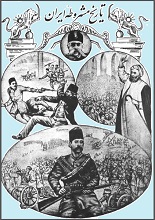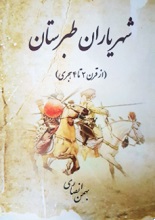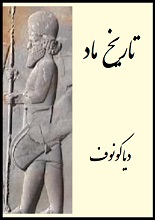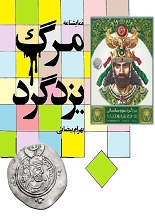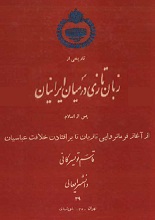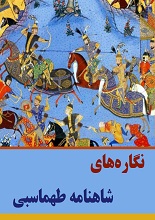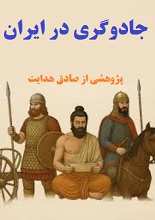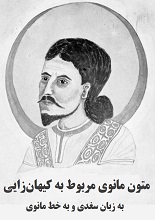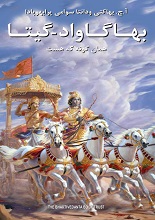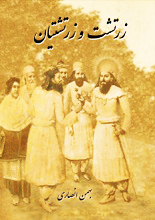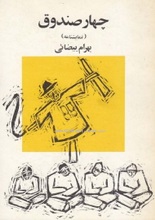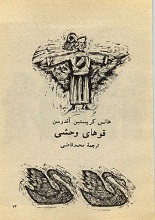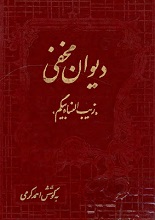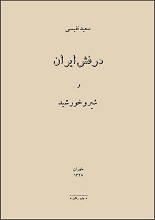A History of Ancient Persia: The Achaemenid Empire is a book by Maria Brosius. You can download this PDF e-Book at bottom of this article.
From Introduction
In the past few decades, Achaemenid history has established itself as an exciting and multifaceted area of study and research. Thanks to many academic publications looking at aspects of the empire or indeed covering the history in its entirety, the subject has become accessible to students and graduates, while concise histories offer non‐specialists and general readers a way into the subject. Several recent exhibitions on ancient Persia, some of them travelling across the globe, have brought the splendour of the Persian court, the immensely rich art found across its territories and in the far corners of the empire, to life. Most recently, a magisterial sourcebook on the Persian empire written by Amélie Kuhrt has given the academic community an invaluable tool to learn about the wealth of written sources on Achaemenid Persia.
This has not always been the case. A few years ago, an exhibition on the Persian empire in the British Museum in London was aptly entitled ‘Forgotten Empire. The World of Ancient Persia.’ For the longest time the study of Persian history had fallen, figuratively speaking, ‘between the cracks’. It was a history outside the core of Near Eastern studies whose focus was ancient Mesopotamia, and a time period which fell out of its remit. For Classical Studies and Ancient History, it lay outside their European core. It popped up only when its history brushed against the Greek world, and the emphasis then was on the wars, not the diplomatic relations. It is due to the pioneering work of a few individuals over the past centuries, who doggedly beat the odds, went astray, either from their classical path or their Near Eastern studies, and pursued their interest in the language, history and archaeology of Achaemenid Persia, that the empire, indeed, was not forgotten. …
Contents
- The Arrival of the Persians on the Iranian Plateau
- The Persians
- Parsua and Parsumash
- Kurash of Parsumash
- The Indigenous Population of the Iranian Plateau: The Elamites
- The Neighbours in the North: The Medes
- Media in Herodotus
- Near Eastern Sources on the Medes
- The Establishment of Empire: Cyrus the Great
- Cyrus II and Media
- A Folktale or a Tool for Legitimacy?
- The Conquest of the Lydian Kingdom
- Cyrus and the Ionian Greeks
- The First Royal City of the Persians: Pasargadae
- The Conquest of Babylon
- A Peaceful Conquest?
- Political Astuteness
- The Scythian Campaign
- Cyrus II, Conqueror and Empire‐Builder
- Worthy Successor: Cambyses II
- The Succession of Cambyses II
- The Power of Propaganda
- The Demotic Papyrus
- Cambyses’s Depiction in Herodotus
- The Apis Bull
- The Apis Bull and the Death of Cambyses
- The Killing of His Sister‐Wife
- Fratricide
- From Bardiya to Darius I
- The Succession of Darius I
- Herodotus’s Version of Events
- Darius’s Version: The Inscription of Bisitun
- The Death of Bardiya
- Herodotus and the Bisitun Inscription: A Comparison
- A Murder Mystery
- Darius the Achaemenid
- Teispes
- The Royal Line of Kings
- Dynastic Marriages
- The Consolidation of Empire
- Royal Cities
- Pasargadae
- Susa
- Parsa – City of the Persians
- Foreign Policy
- The Scythian Campaign
- The Athenian‐Persian Alliance of 508/7
- The Ionian Revolt
- The Sequence of Events
- Problems in the Historical Account
- The Punitive Campaign of 490
- The Face of Empire
- Achaemenid Kingship
- The Power of Royal Imagery
- Royal Ideology
- Persian Religion
- Funerary Customs
- Persepolis: The Microcosm of Empire
- The Royal Court
- Gift‐Giving
- Rhyta
- The Women of the Court
- The King’s Friends and Benefactors
- Courtiers
- Refugees and Foreigners
- The Organisation of Power
- The Satraps
- The Satrapies
- The Great Satrapy of Bactria
- The Status of the Caucasus Region and Thrace
- Administering the Empire
- Royal Correspondence
- Taxes and Tribute
- The Administration of Persepolis
- Royal Roads
- Taking up the Baton: Diplomacy and Foreign Policy
- from Xerxes I to Artaxerxes II
- The Reign of Xerxes
- Xerxes’s Succession
- Quashing Rebellions in Egypt and Babylonia
- The War in Greece
- The State of Play in Greece
- The Persian Army on the March
- Thermopylae and Artemisium
- The Fall of Athens and the Battle of Salamis
- Attempts at Diplomacy
- The Battle of Plataea
- Xerxes in Asia Minor
- The Story of Xerxes and the Wife of Masistes
- … And a Story Retold
- The Beginning of the Myth
- Medising
- Perserie
- After the War
- Artaxerxes I
- The Death of Xerxes I and the Succession of Artaxerxes I
- Revolts in Bactria and Egypt
- Rebellion in Egypt 464–454
- The Revolt of Megabyxus
- The Peace of Callias
- Judaea Under Artaxerxes I
- Continuity in Persepolis
- Succession Trouble in
- Rebellions in the Empire
- The Royal Building Programme Continued
- Persia Re‐enters Greek Politics
- The Bilateral Treaty of 411
- Artaxerxes II
- The War of the Brothers
- Persian Affairs in Asia Minor
- Evagoras of Salamis
- Revolt in Egypt 404/400–343/2
- The Winds of Change
- City‐Rulers and Local Dynasts of the Western Empire
- The Hecatomnids
- Perikle of Limyra
- The Political Level
- The kings of Sidon
- Stele of the King of Byblos/Gubal
- Rebellions in Western Asia Minor 366–359/8
- Datames
- Ariobarzanes
- Orontes
- The Death of Artaxerxes II
- A Whole New Ballgame: The Reign of Artaxerxes III and Artaxerxes IV
- The Succession of Artaxerxes III
- Egypt
- Athenian–Persian Relations 349–342
- The Death of Artaxerxes III and the Reign of Artaxerxes IV
- A Good King in the End: Darius III
- The Succession of Darius III
- Battling Negative Propaganda
- External Threat
- The Macedonian Invasion
- Granicus
- Issus
- Gaugamela
- The Royal Cities
- The Death of Darius III
- In the Footsteps of the Persian Kings?
- Bibliography
- Index
A History of Ancient Persia: The Achaemenid Empire (PDF)

برای دانلود این کتاب، ابتدا باید عضو سایت بشوید.
پس از عضویت، لینک دانلود این کتاب و همهی کتابهای سایت برای شما فعال میشوند.
(قبلا عضو شدهاید؟ وارد شوید)


